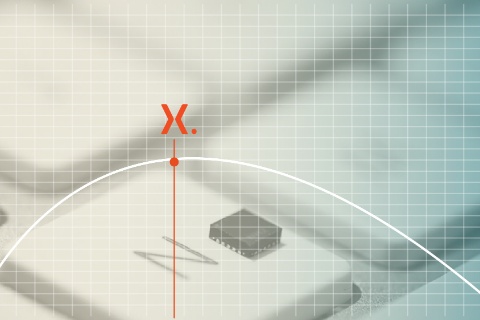Preloaded cases
Need some inspiration to get started?
Select one pre-loaded cases to fill in the values.
Environment
Select the desired Nexperia Energy Harvesting IC product.
Illuminance
lluminance Info
Av. Illuminance (Lux)
Here are some tips to select the light intensity.
For indoor evironments, based on the European Standard prEN 12464-1:
20 - 50 Walls, Ceilings
100 - 150 Stairways, escalators - storage spaces
150 - 300 Warehouses, waiting rooms, theaters, archives, Coffee break room
300 - 500 General lighting, Class rooms, Arrival and departure halls
500 - 700 Normal office work, study library, groceries and Supermarkets, show rooms, laboratories, kitchens, auditoriums
750 - 1000 Normal drawing work, Demonstration table, Examination and treatment rooms
1500 - 2000 Very detailed mechanical works, electronic workshops, testing and adjustments
2000 - 5000 Performance of visual tasks of low contrast and very small size for prolonged periods of time
For outdoor environments:
400 Sunrise or Sunset on a clear day
1000 Overcast Day
10,000 - 25,000 Full daylight (not direct sun)
100,000 Direct sunlight
Time of Exposition
How many hours, per day, the application will be exposed to the light.
PV Module
Power Density
Power density consists of the maximum amount of power that can be generated by unity of area in a PV module. It is dictated by the technology employed in the PV module. The higher the power density, the better, because the PV will generate more energy in a smaller space. But the lower the power density, the lower will be the cost of a module. Here are some power densities - Just as a reference.
The power density can be obtained by dividing the maximum deliverable power of a PV (under 200lux) by the entire PV area.
The power density of indoor PVs, in uW/cm², specified at 200 lux: 2 to 10 uW/cm²
The power density of outdoor PVs, in uW/cm², specified at 200 lux: up to 40 uW/cm²
Always enter this value in uW/cm², specified at 200Lux.
Available Area
What is the maximum available product to place the PV, in cm²?
Load
Daily Energy Consumption
There are multiple ways to define the daily energy consumption:
- You may have the power profile of your device So you have a clear picture of the power consumption under common scenarios
- Battery information and autonomy Considering a battery fully charged, how long the product will run before the battery runs empty? with this information, you just need to divide the battery energy and the autonomy, in days, to get the daily energy consumption.

Support
Your feedback on the Energy Balance Calculator is essential to us. Please take just 3 minutes to complete our feedback form.
If you require design/technical support, let us know and fill in the form, we'll get back to you shortly.
Feedback & Technical Support form



